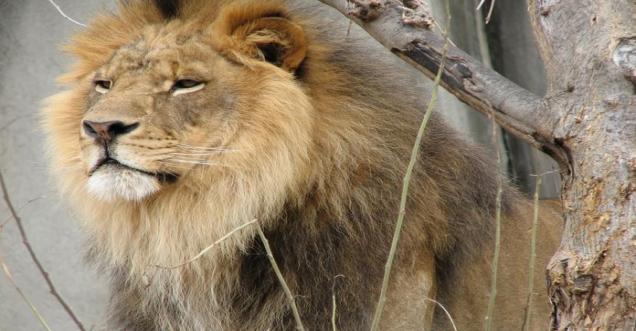
Why are tigers and lions so powerful but look sluggish
Tigers and lions are powerful predators that are at the top of the food chain. They are both incredibly strong and agile, and they have sharp teeth and claws that can inflict serious injuries. However, they may sometimes appear sluggish because they conserve their energy for hunting. They do not waste energy on unnecessary movements, and they often spend their time resting or lounging around.
In addition, their large size and weight can make them seem slower than they actually are. Tigers and lions can run at speeds of up to 40 miles per hour, and they can jump up to 10 feet in the air. They are only truly sluggish when they are not hunting or defending themselves.
Here are some specific reasons why tigers and lions may appear sluggish:
- They are conserving energy. Tigers and lions are apex predators, which means that they do not have to worry about being preyed upon. As a result, they can afford to conserve their energy for hunting. They do this by moving slowly and deliberately, and by only taking action when necessary.
- They are large and heavy. Tigers and lions are the largest wild cats in the world. This size and weight give them a significant advantage in hunting, but it also makes them slower than smaller animals. For example, a tiger can weigh up to 600 pounds, which is about twice the weight of a lion.
- They have thick fur. Tigers and lions have thick fur that helps to keep them warm in cold climates. However, this fur can also make them seem sluggish, especially when they are moving slowly.
Despite their sometimes sluggish appearance, tigers and lions are incredibly powerful predators. They are capable of taking down prey much larger than themselves, and they are a force to be reckoned with.



























